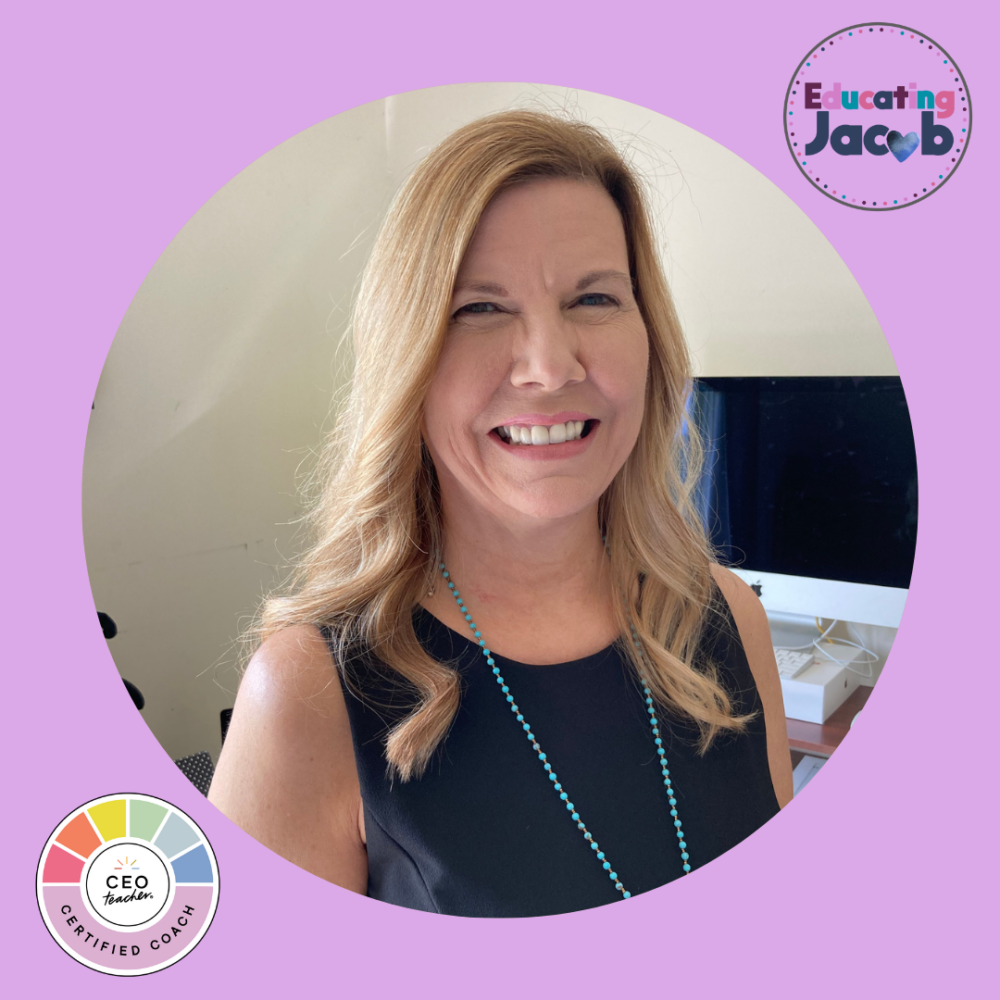
Jacob loves going to the doctor now that he’s older, but trust me, it wasn’t always this way. If you’re a parent of a child with autism, you know that new experiences, especially something like a doctor visit, can be incredibly challenging. When Jacob was younger, we quickly realized that we needed a plan to make these visits successful, so we started preparing him by modeling—playing doctor at home—what would probably happen at the doctor’s office. 🎮👨⚕️
As autism parents, we deal with a complex set of behaviors in reaction to an equally complex set of issues, from sensory sensitivities to language processing difficulties, and challenges with expressing feelings. It can feel overwhelming, especially when facing something that doesn’t happen often, like a doctor’s visit. But having a plan, no matter the situation, can make all the difference in the world. 🌍
In this post, I’ll share how we turned what could have been a stressful experience into a smooth and even enjoyable one for Jacob—and how you can do the same for your child. Let’s dive into the strategies that have worked for us and can work for you too! https://www.autismspeaks.org/expert-opinion/autism-and-doctor-visits-family-seeks-help-ease-daughters-fears 🩺✨
Preparing Our Son with Autism for Doctor Visits!🩺✨
When Jacob was younger, doctor visits were anything but smooth. Meltdowns triggered by sensory issues and anxiety over anything new were a common struggle for us. If you’re an autism parent, you probably know this story all too well. But after Jacob’s diagnosis and learning more about autism, we found ways to make these experiences less stressful and more manageable.
The Power of Visual Schedules 📅
One of the first tools we introduced was visual schedules. These were a game-changer in helping Jacob understand his day and our expectations. When it was time for something new, like a scary doctor’s appointment, we practiced in the days leading up to it. Help! 3 Ways a schedule can help sensory issues and communication barriers? #Autism Challenges🧩
By playing doctor at home—with a toy stethoscope, thermometer, checking ears, and even a pretend shot—Jacob began to understand what to expect. This practice helped reduce his anxiety because he knew what was coming, even if the situation was still unfamiliar.
Role-Playing and Media for Success 🎮👨⚕️🎥
Role-playing was another crucial strategy. It’s one thing to tell your child what will happen, but acting it out makes a world of difference. Jacob got used to the idea of being at the doctor’s office through our pretend play. While it wasn’t easy at first, especially when dealing with the unfamiliar, it laid the groundwork for smoother visits in the future.
In addition to role-playing, we found that using movies and YouTube videos about doctor visits also helped Jacob understand what was coming. Seeing other children go through similar experiences on screen made the whole process less intimidating for him. We also used books that explained doctor visits in a simple, relatable way. These resources became a part of our preparation routine, helping Jacob feel more prepared and less anxious. 👉 Here is an amazon Melissa and Doug doctor set.
Each visit became less daunting as he began to associate the routine with something familiar. The early days were tough, but the consistent practice, visual schedules, and media preparation meant that there were fewer major meltdowns. It wasn’t perfect, but it was progress, and that’s what mattered most.
Additional Strategies for Doctor Visit Success 🧸📚
Over time, we added more strategies to our toolkit to make doctor visits more manageable:
- Bring a non-messy drink/snack: Keeping Jacob’s hands and mouth busy helped reduce anxiety.
- Coloring books or favorite books: These were perfect for waiting room distractions.
- Preferred items: A stuffed animal, blanket, or other comfort item made him feel more secure.
- iPad/Kindle or learning toy: These were lifesavers during longer waits, offering both distraction and comfort.
These small, thoughtful additions helped Jacob stay calm and focused, making the entire experience more bearable for him—and for us. Keeping him busy was a way to keep his mind occupied and lessen anxiety.
The Reward at the End 🎁

Another key component of our approach was adding a treat to Jacob’s visual schedule that would come after the doctor visit. Whether it was a favorite snack, a trip to the park, or watching a favorite movie, this gave him something to look forward to and helped keep his anxiety in check. It was not a bribe given before to try and get him to comply but something to look forward to afterwards.
Whenever I saw the anxiety start to creep in, I’d remind him of the fun that was waiting for him after the visit. Sometimes, I’d even throw out one of his favorite movie quotes to distract him. Jacob loves quoting movies, so this often turned into a fun exchange, easing his nerves and bringing a smile to his face. “How to create a personalized schedule for children with autism”
Involving the Doctor and Nurse 👩⚕️👨⚕️
What surprised me was how quickly the nurse or doctor would catch on to our little game. They’d join in, using quotes or engaging with Jacob in a way that made the whole experience less intimidating. This team effort made a huge difference, turning what could have been a meltdown into a moment of connection.
Preparation Leads to Success 🌟
Preparing your child with autism for something as challenging as a doctor visit is not easy, but it is possible. With visual schedules, role-playing, and thoughtful strategies like bringing comfort items, using movies and videos, and providing rewards, you can help make these experiences smoother and less stressful. Every little bit of preparation helps, turning what could be a scary experience into a more manageable one.
Remember, it’s all about taking small steps forward and celebrating the progress, no matter how small. Your child’s success is your success, and together, you can navigate these challenges with confidence.

